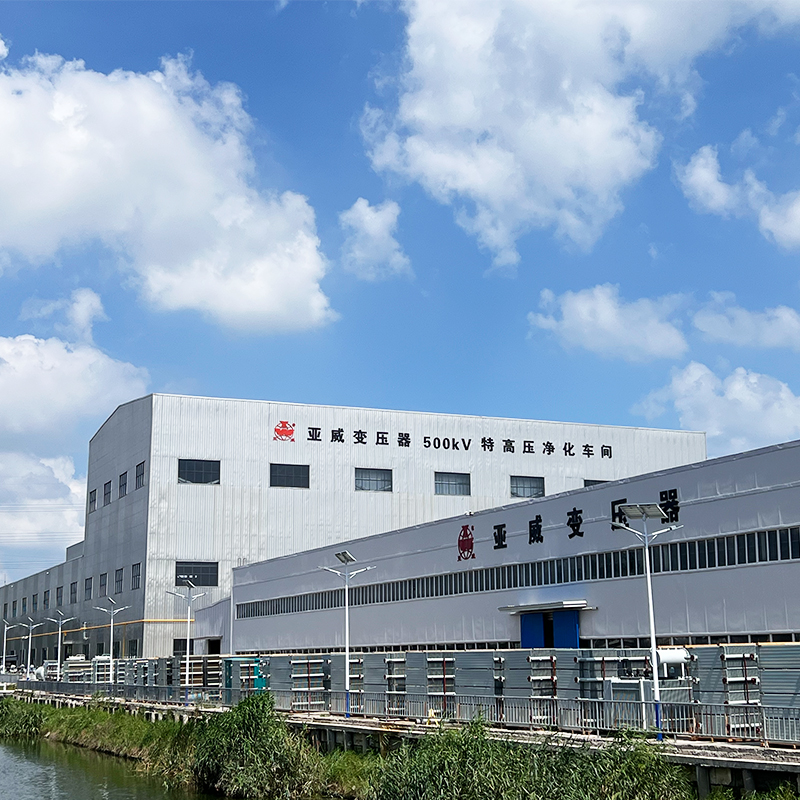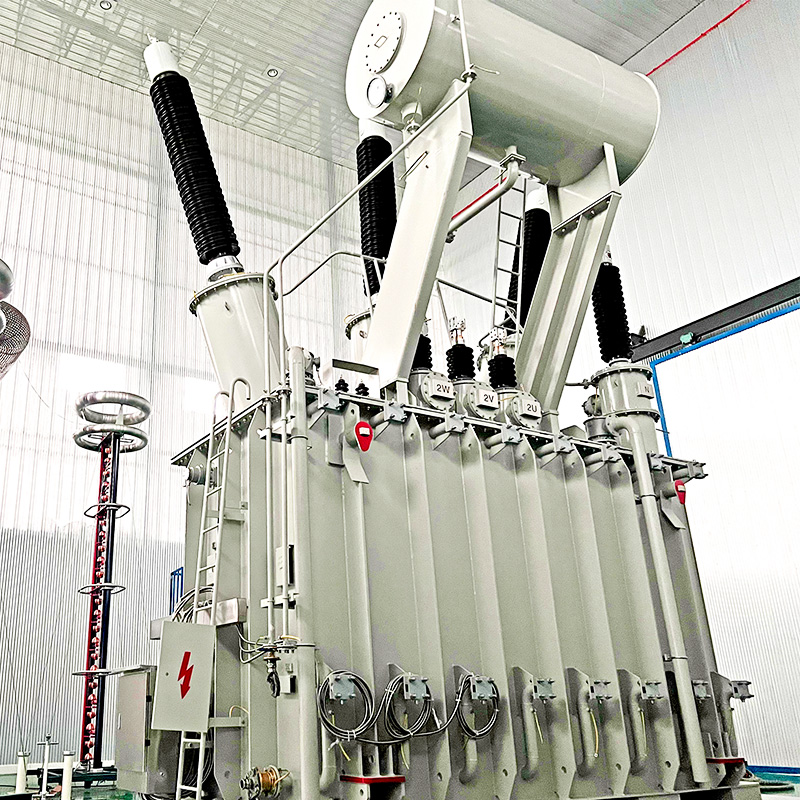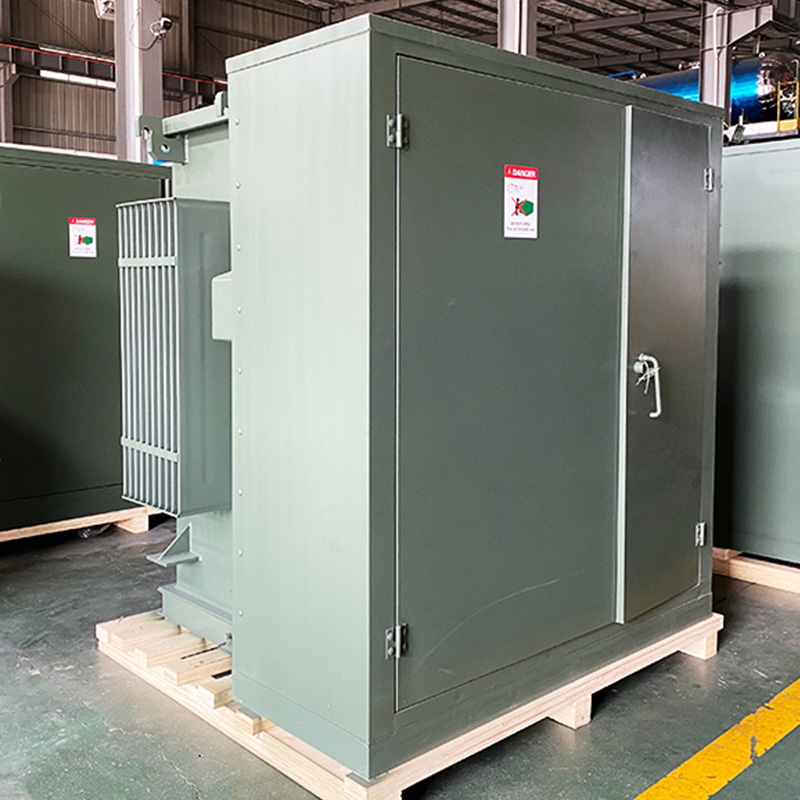
The working principle of the transformer
How a transformer works What is a transformer? A transformer is a stationary device with two or more windings that, in order to transmit electrical energy, converts the AC voltage and current of one system to the voltage and current of another system through electromagnetic induction at the same frequency, usually these values are different. When the voltage provided by the grid is different from the rated input voltage of the load equipment, a transformer must be installed.
The working principle of the transformer: the loss and efficiency of the transformer A, the loss is the power consumed by the transformer itself, the smaller the better within the allowable range. It includes the load loss when the load is used and the no-load loss when the load is used. B, the load loss is to short-circuit the secondary side, plus the low voltage of the rated frequency on the original side, when the current is the rated input power, which is mainly copper loss, so it is directly related to the material of the copper wire, the cross-sectional area and the production process of the winding. The company used Taiwan Taiyi Group copper wire, winding structure is reasonable, greatly reduce the copper loss. C, no-load loss is the loss when the primary side is open and the rated voltage of the rated frequency is added to the secondary side, which is mainly iron loss, including hysteresis loss and eddy current loss. The hysteresis loss is proportional to the weight of the silicon steel sheet and proportional to the NTH power of the magnetic flux density. Eddy current loss is proportional to the square of flux density, the square of silicon steel sheet thickness, the square of frequency, and the weight of the magnetic conductive material. So it's directly related to the design parameters. The company made Japan Nippon Steel H14 thickness of 0.35mm silicon steel sheet, and with a reasonable design, thus greatly reducing the iron loss. Efficiency is the ratio of output power to input power, the higher this value is in the allowable range, the better, the actual load is the highest efficiency at 60% of the rated value. But the user from the cost and practical considerations should choose the load in the rated value of 75%- 90% is the best. The adjustment rate of the transformer is the change of the output voltage of the transformer when the load current changes. The reason is the voltage drop generated on the winding resistance and the voltage drop generated by the reactance on the leakage flux winding. The smaller the variation of this value within the allowable range, the better. Our design value is 1% of the output voltage value. Transformer classification A, heat dissipation mode: the company's products are mainly divided into dry air cooling and oil self-cooling, only the heat dissipation mode is different, as long as the design is reasonable, to achieve the same effect. Customers can determine according to the environment and purchasing intention. The general capacity is below 600KVA. Considering the overall size and cost, it is recommended to choose dry air-cooled type. B, structure: the company's products are divided into isolation type and self-coupling type. Isolation type is also known as induction type or double winding type, the insulation between the two windings is isolated, and the electric power is transmitted by electromagnetic induction, without direct contact with electricity. The company adds special electromagnetic shielding materials to reduce magnetic leakage and electromagnetic radiation, reduce loss and environmental protection. The auto-type, also known as the single-winding type, refers to a transformer with at least two windings having a common part. The secondary side wire is tapped from the primary side winding, so there is a direct electrical connection. How to choose A transformer A, confirm the power supply voltage (v) provided by the power grid and the rated voltage (v) required by the input of the electrical equipment to determine the voltage ratio. B, confirm the phase number of the input power required by the electrical equipment to determine the transformer to make a three-phase or single-phase system. C, confirm the electrical equipment required input rated current (A) to determine the transformer capacity (KVA)






Contact with us